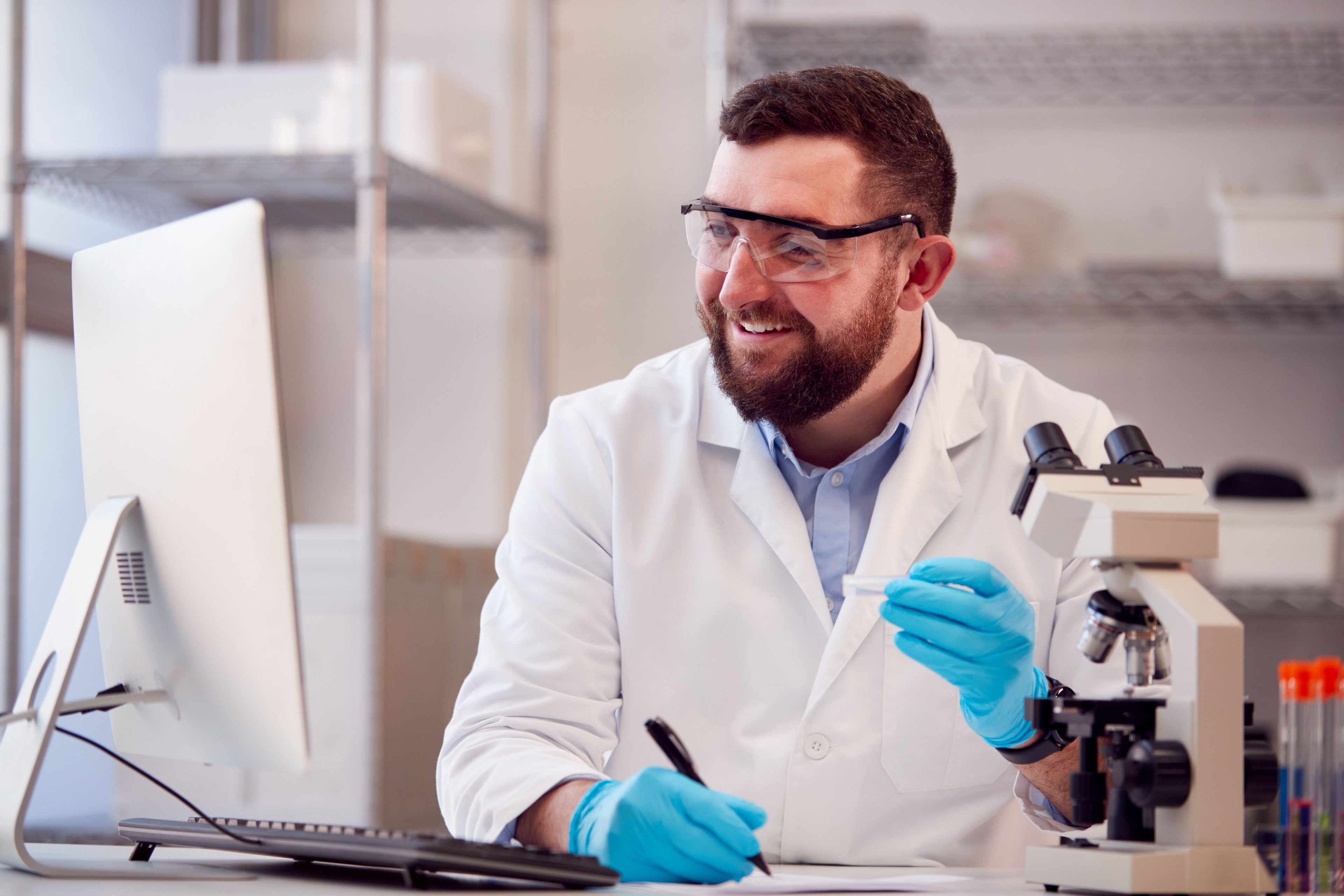Sales of Exelixis' (EXEL 0.71%) kidney cancer drug Cabometyx continued to grow at a torrid pace in the second quarter, allowing the company to post another profitable quarter.
Exelixis results: The raw numbers
|
Metric |
Q2 2017 |
Q2 2016 |
Year-Over-Year Change |
|---|---|---|---|
|
Revenue |
$99 million |
$36 million |
172% |
|
Income from operations |
$27 million |
($25 million) |
N/A |
|
Earnings per share |
$0.06 |
($0.15) |
N/A |
Data source: Exelixis.
What happened with Exelixis this quarter?
- Most of the second quarter's revenue came from the $80.9 million in sales of Cabometyx, which was 30% higher than in the first quarter of the year. Exelixis thinks it's capturing about 35% of new patients in second-line or later treatment for kidney cancer, so there's room for additional growth.
- Thyroid cancer drug Cometriq, which has the same active ingredient as Cabometyx, contributed another $7.1 million. The rest of the revenue came from partner collaborations.
- The Cabosun clinical trial data, testing Cabometyx as first-line therapy for patients with advanced kidney cancer, was confirmed.
- Exelixis paid off its remaining debt of $124 million, and is now debt-free.
- The biotech settled its dispute with Genentech over how expenses from their Cotellic collaboration should be shared since the drug is prescribed in combination with Zelboraf, which is wholly owned by Genentech.
- Exelixis and partner Bristol-Myers Squibb (BMY 1.97%) started a phase 3 trial called CheckMate 9ER, testing Cabometyx with two of Bristol's immunotherapies, Yervoy and Opdivo, in patients with kidney cancer.
- The company is also testing Cabometyx with Genentech's immunotherapy atezolizumab although that trial is at an earlier stage -- phase 1b.
What management had to say
With two drugs on the market and essentially no pipeline to support future growth once Cabometyx and Cotellic hit peak sales, Exelixis plans to restock its pipeline through licensing or acquisition deals, starting with early-stage compounds, as Michael Morrissey, Exelixis' president and CEO, explained:
We're really looking in that sweet spot of late preclinical, early clinical, phase 1, early phase 2, depending upon the asset, the indication, potential combination with either cabo or I-O, et cetera.
(Cabo is short for cabozantinib, the generic name for Cabometyx/Cometriq. I-O is short for immuno-oncology.)
The other way to restock the pipeline is to develop the drugs internally as it did with its currently marketed drugs. Peter Lamb, Exelixis' chief scientific officer, commented on the plan:
Our thinking going forward is we're probably not going to rebuild exactly the same kind of discovery organization that we had in the past. Things have moved on. We'll have a leaner internal footprint. We'll make expansive use of a lot of the very excellent external services that are now available. We're going to have a pretty high bar on kind of what we see preclinically in order to move into the clinic.

Image source: Getty Images.
Looking forward
While Exelixis works to maximize sales of Cabometyx in second-line kidney cancer, there's potential for even larger sales increases if the drug can get approved for use in additional settings.
Exelixis plans to submit the Cabosun data to the Food and Drug Administration this quarter, setting up a potential expanded approval into first-line kidney cancer next year. Investors will get to look at the data at the European Society for Medical Oncology meeting next month.
Cabometyx is also in a phase 3 trial, called Celestial, in liver cancer, which should read out interim data before the end of the year. If the data is positive, Exelixis thinks it'll be able to submit an application to the FDA in the first quarter of next year. Otherwise, it'll have one more shot at showing Cabometyx can help liver cancer patients when Celestial concludes in 2018.






